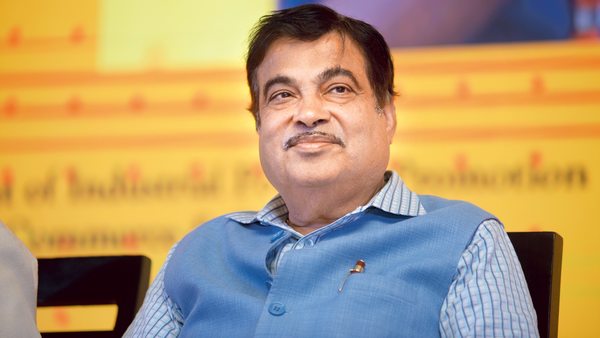Buldhana (Maharashtra): “Earlier, it was difficult to find brides given the water scarcity in the villages… now, the situation has changed,” says a villager in this remote district of drought-prone Vidarbha region in Maharashtra.
Not just about adequate water supplies, similar happy notes resonate among the villagers when it comes to good crops and rising cattle numbers.
A brain child of Union minister Nitin Gadkari, ‘Jal Kranti’ initiative has also made the villages supply aggregates for highway construction. Farmer suicides are a thing of the past and no more dependence on water tankers for drinking water needs, according to the villagers.
Rather, multiple crop patterns and multiplying cattle population, which was on the decline some time ago, and even, fisheries are providing livelihood opportunities, the villagers said.
In the words of Gadkari, it is not only about water supplies but also vehicles on roads in the area that is a reflection of better economic prospects.
“Wherever work was taken up, wells have been recharged… earlier, there was no scooter, no motorcycle in the area. Now, it has 18 two-wheelers, four four-wheelers, 24-hour water supply, cultivation… changing Wardha’s economy,” Gadkari informed.
‘Jal Kranti’, now being implemented in 283 villages, is credited for changing the economy of these villages by rejuvenating water bodies and simultaneously supplying aggregates for highway network.
Generally, aggregate is earthwork or soil needed to construct highways. Under the project, aggregates and soil are excavated from dried up water bodies like ponds and wells, free of cost. They are then used in lieu of soil for highway projects in areas like Buldhana where average rainfall remains scanty.
Areas like Buldhana barely receive 700 to 800 mm of rainfall, lesser than for entire Vidarbha region, which accounted for maximum of 2,239 suicides by farmers out of the 5,763 across the country in 2018.
“A total of 34 of the 61 percolation tanks in Buldhana alone have been excavated by NHAI while the rest has been done by the Maharashtra government’s PWD department,” a senior NHAI official said.
A percolation tank is an artificial reservoir that taps surface water run-off and allow it to percolate within the permeable land. It is seen as an effective method for ground water recharge.
Around a percolation tank at Sindi Harali, there were multiple crops, including wheat, sugarcane and barley. “We could hardly reap soybean crop… it depended on scanty rainfall. For drinking water, we were dependent on tankers… Now, things have changed. We are yielding two crops. Our wells have been recharged. The pond is full,” 75-year-old Sripad Jadav of Shelud said.
Bhikaji Jadav said the pond is full even though it is February whereas tankers used to arrive in the villages starting in January. A total of about 20,000 villagers are depended on the tank in Chikhali Taluka.
Madhao Kotasthane said villagers are now buying sprinklers, which costs Rs 40,000. The 60-year-old Bimalbai Sukhdeov pointed towards her field and said, ‘prosperity has reached our village. See the crops.”
PTI
